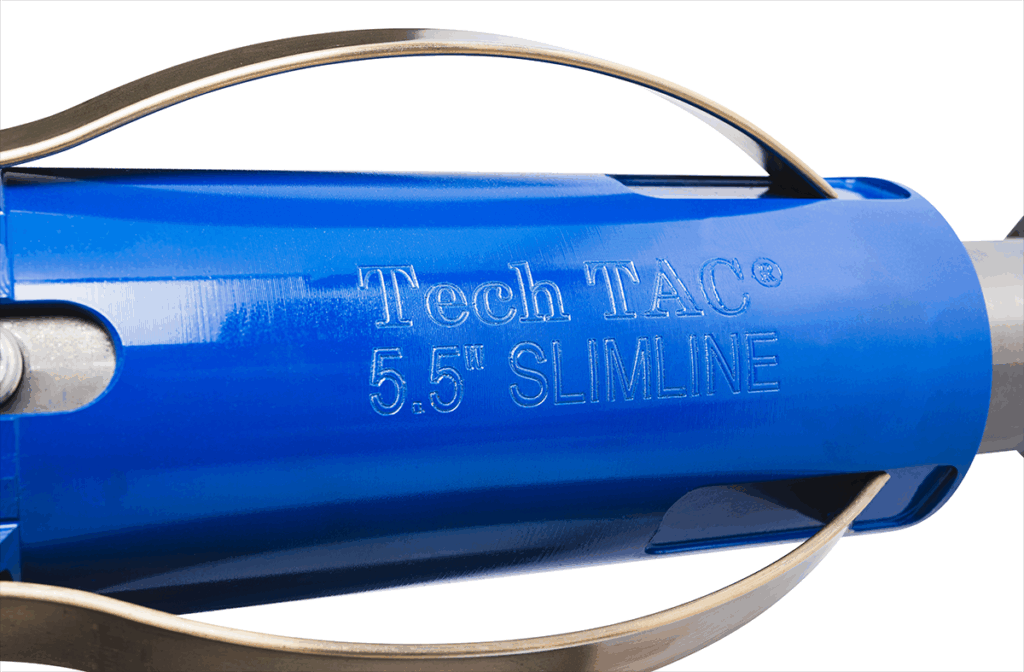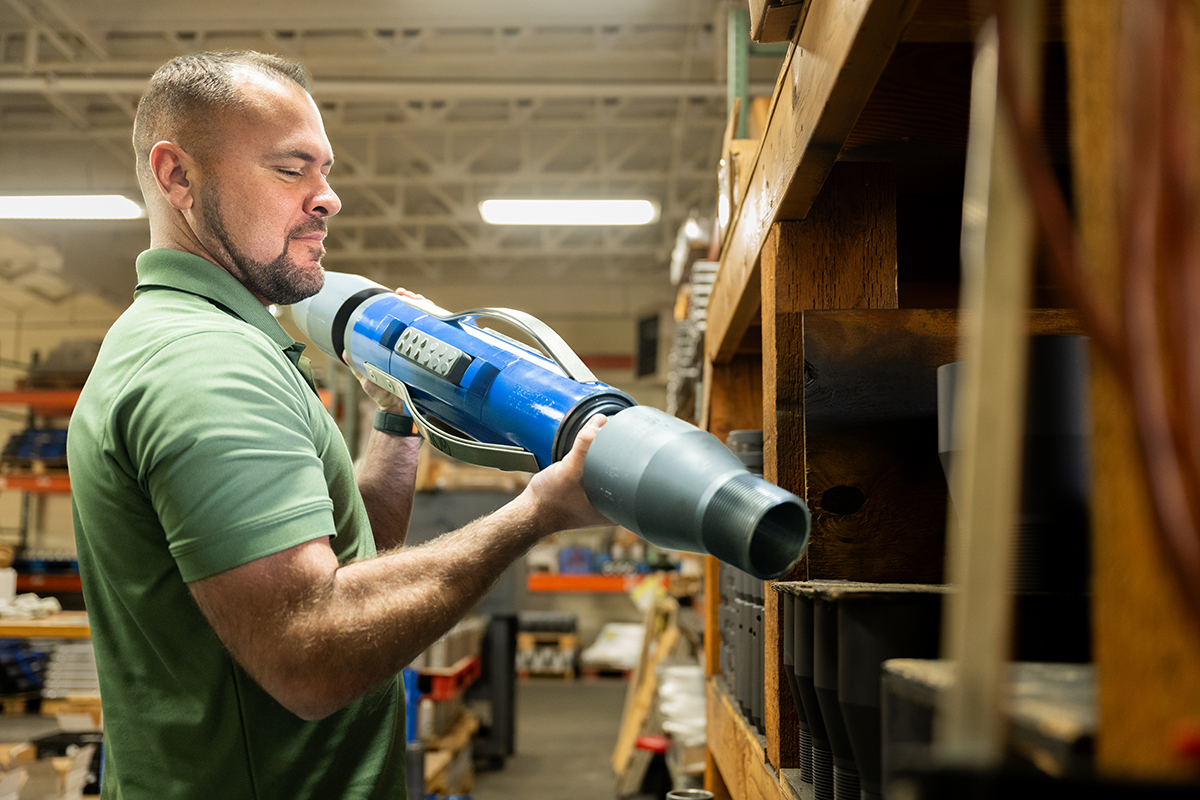In the world of rod‑pump oil extraction, small downhole tools can make a big difference. One such tool – the tubing anchor (and variations like the tubing anchor catcher, or TAC) – is essential for stabilizing the tubing string and unlocking substantial efficiency gains. When properly placed, high-quality tubing anchors can improve the efficiency of oil well production in several ways:
1. Prevents Tubing Movement
Tubing anchors secure the tubing string within the wellbore, preventing unwanted up/down movement caused by pump strokes, temperature fluctuations or pressure changes. In wellbores with tubing that is freely suspended, tubing can elongate on the pump down stroke. At the same time, the rods contract (i.e., shorten). Conversely, on the up stroke, the tubing contracts and the rods elongate. This effectively reduces travel distance, which in turn, decreases production. A tubing anchor prevents such a condition from occurring.
2. Minimizes Wear on Rods, Tubing, Casing and the Pump
The continuous cycle of elongating and contracting increases the risk of tubing buckling. In such cases, the tubing string can bend and/or coil, causing it to rub against the rod and/or the casing. This motion causes wear to the casing, the tubing and the pump barrel. In turn, the risk of early failure is heightened, as is the potential need for costly interventions. The added friction also necessitates more power for lifting, which increases OPEX. In the case of deep, highly productive wells, if the wear is excessive, the tubing can part and cause an expensive fishing job.

By anchoring the tubing at a fixed point, these anchors reduce friction and equipment wear. They also extend the service life of the entire rod‑pump system while lowering operating expenses.
3. Maintains Downhole Alignment
A tubing anchor also helps maintain the alignment of the tubing string within the wellbore. Proper alignment is crucial for the efficient operation of the rod pump system. Misalignment can lead to pump component damage and poor pump performance.
The Downside of Traditional Tubing Anchors
Unfortunately, while the benefits are significant, certain types of tubing anchors can also create other problems downhole. Perhaps the biggest hidden problem with traditional B2-style tubing anchor catchers is their tendency to restrict gas and fluid flow up through the casing annulus. A study by Echometer analyzed 11 wells using standard B2-style anchors and found that nine had pump fillage rates below 90% – even with seemingly favorable conditions. It turned out that small annular flow areas (around 2.9 in²) around the anchors created high-velocity gas flow that stifled downward movement of fluid. That led to high gas fractions at the pump intake, causing gas locking and inefficient production.
The Slimline® TAC Advantage: More Flow‑By Area
To solve these flow restriction issues, TechTAC’s patented Slimline® Tubing Anchor Catcher was developed. With its reduced outer diameter and tapered flow deflectors, the Slimline anchor provides up to 245% more flow‑by area compared to a standard B2 TAC. This expanded annular space allows gas to rise past the anchor and prevents fluid from becoming entrained or trapped in a gas pocket near the pump.

This design drastically reduces pressure drop at the anchor, mitigates turbulent flow, and diminishes scale or paraffin buildup. As a result, the probability of gas locking falls and pump fillage increases markedly. Some operators report production bumping up 15–25% after switching to Slimline tubing anchors. For gas-heavy wells, one user noted an increase of 500 mcf/day simply by upgrading to a Slimline TAC.
Prevents Stuck Anchors and Sediment Blockage
Standard B2 anchors with narrow flow paths are notorious for collecting sand, scale or paraffin. Over time those particles can cement the anchor in place. The Slimline TAC design’s larger flow‑by area and resulting laminar flow path enable solids to bypass the anchor, reducing the risk of stuck tools and costly fishing jobs. Many operators report dramatic reductions in clean‑out incidents. One foreman noted that a well he previously had to pull every three months lasted two years without issue after running a Slimline tubing anchor.
A Staple of the Oilfield
In summary, tubing anchors – especially modern designs like the TechTAC® Slimline TAC – play a pivotal role in maximizing the efficiency of rod‑pump wells. By stabilizing the tubing, enabling smoother flow, and reducing wear and downtime, the right anchor can boost pump fillage, extend runtimes, enhance safety and deliver better economics from existing wells.
For operators looking to cut lifting costs and boost output from new to mature wells, evaluating tubing anchor options – especially those offering enhanced flow bypass – should be high on the priority list.




